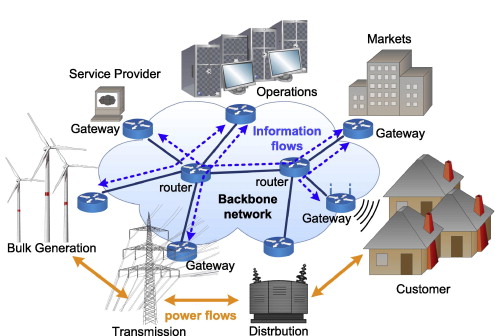Enterprises buying the internet of things (IoT) are presented with a range of benefits for data exchange. However, heavy use of the internet of things is more than plugging into the network and waiting for data to pour in. It involves modifying network infrastructure to handle voluminous data in a secure manner.
Constructing network infrastructure for the internet of things (IoT) requires careful consideration. If the network is unable to support all the features of IoT, it will inhibit the enterprise from leveraging all the available data, thereby leading to failed efforts to monetize from the investment. Early adopters of IoT can be influential to other companies for realizing the full potential of the technology.
Enterprises Use Standard Means to Evaluate Loopholes in Network Needed for IoT
Some of the ways through which companies are addressing IoT networking issues are obtaining know-how of industrial-strength of IoT, putting IoT to test, and understanding the effects of IoT everywhere.
The testing of IoT devices before they are put to use is gainful, but this is taxing on the network infrastructure. For example, Marist College is involved in advanced research with a company that acts as an incubator for late-stage IoT product and service development. Using IoT, the bio-digital health information of individuals with some level of health risk is collected directly using sensors that are attached to them.
The sensors collect data pertaining to body temperature, heart rate, and other indicators for know-how of a person’s general health. The use of predictive algorithms enables us to compare changes in these vital indicators over a period of time. In the event of a change in a single vital sign or a combination of signs, it is indicative of a decline in a person’s health.




Be First to Comment